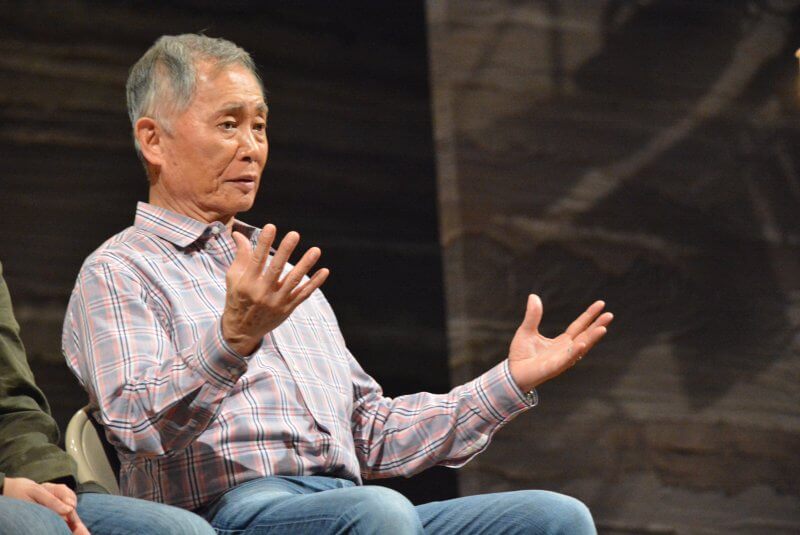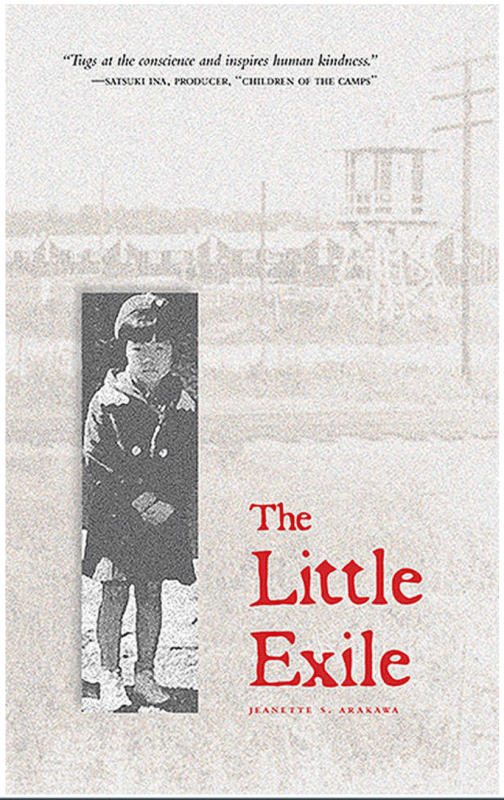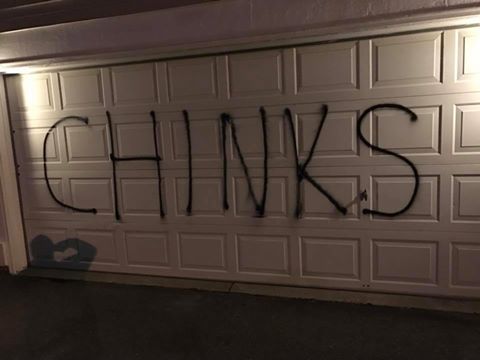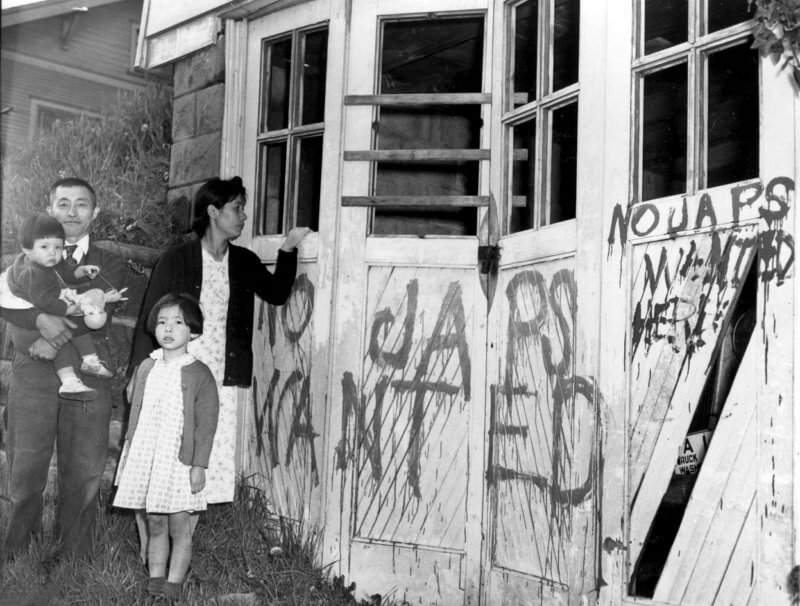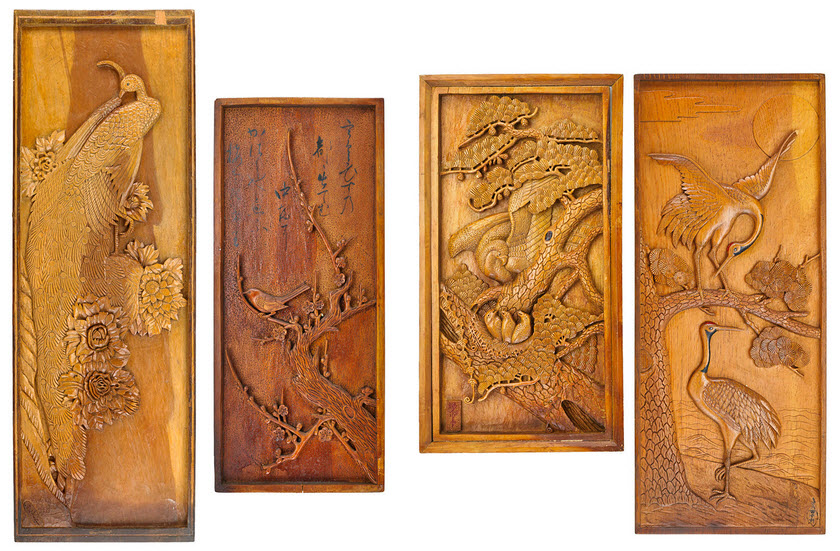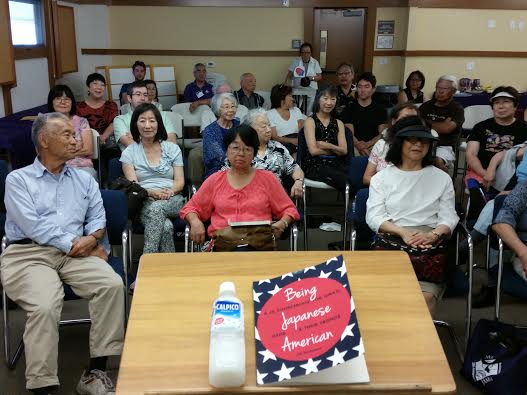
I gave a recent reading to a full house at the Japanese American Museum in San Jose’s lovely Japantown, and had a blast.
During a recent trip to San Francisco to attend the annual conference of the Asian American Journalists Association, I squeezed in two readings from the new revised edition of my book, “Being Japanese American.” The two events reminded me why I wrote the book in the first place and why I love speaking to JA audiences. I love being JA!
The first edition was published in 2004, but a lot has happened since then: Japanese culture is even more popular now in the US than a decade ago, but so is Asian American culture in general. The Internet was around in 2004, but social media has exploded on the scene since “Being JA” v1.0 came out. During those years, Asian American have been early adopters and leading lights on blogs, YouTube, Facebook and Twitter – we’ve embraced digital media because we’re invisible in mainstream media.
Yet, even in mainstream media, we’ve made some huge strides: Hollywood movies still suffers from “yellowface” casting of whites in Asian roles, but there are more of us in starring and co-starring roles. John Cho was even cast the romantic lead in a short-lived sitcom this year, and “Fresh Off the Boat,” the comedy that showcases an AAPI family, is filming a second season.
In a sad reminder of our inherent “foreignness” in the US, the March 11, 2011 disaster in Japan of the Tohoku earthquake, tsunami and Fukushima nuclear meltdown sparked a fury of racists all over social media shouting how the disaster was god’s revenge on Japan for bombing Pearl Harbor — as if the US disintegrating Hiroshima and Nagasaki with atom bombs weren’t “revenge” enough. Whenever ugly emotions like that well up from under the shallow surface of political correctness, I and other JAs are reminded how we’re easily lumped together with events in Japan, even if we’re generations removed. That’s what caused our community to be imprisoned in concentration camps during World War II, and what caused many of us to grow up dreading December 7 every year, when we’d be pelted by the stings of hateful taunts from other kids “Remember Pearl Harbor!” The tsunami stirred up a lot of the same emotions for me.
So it made sense when my publisher Stone Bridge Press reached out and asked me to update the book with new text, additional historical photos and interviews with more JAs, Japanese Canadians and mixed-race Japanese.
The book covers he history of Japanese immigration and of course the WWII concentration camp experience, but it’s also about our culture, community, food and families, and the future of JAs.
Continue reading →
